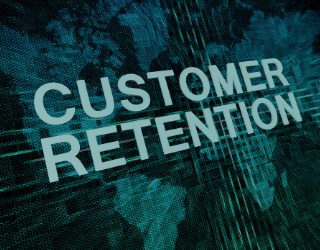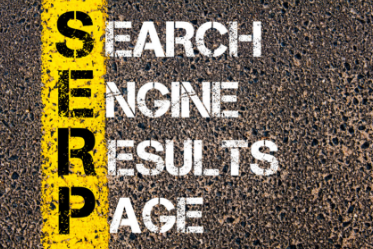Gap Insurance
When you purchase a vehicle, depreciation starts right away. Many vehicles will depreciate about 20% in the first year. New cars and some high-end cars depreciate faster than average. Unfortunately, most insurance policies cover the market value of the car. This depreciated value is represented by the market value at the time of the claim. If a car is “totaled” (price to repair exceeds market value), the insurance will take the car and write a check for the market value of the vehicle.
Many customers choose to finance their vehicle at the time of purchase. Car loans typically range from 60-84 months and involve as little as 10% down. Say the purchase price of a car was $20,000. If you put $2,000 down and financed the remaining $18,000 with a 5% interest rate, you might have a monthly payment of $340 with a 60-month term. In total you will pay $2,381 in interest unless you pay off the loan early.
Unfortunately, accidents happen. If you drive this same car off the lot, and have an accident a year later, you will still owe $16,400 in principle. The purchase price of the vehicle was $20,000 but the reality is that the vehicle was likely purchased above book value from the dealer. The book price may have been $18,000 at the time of purchase and the first year of ownership may have seen 20% depreciation. The book value of this vehicle after one year may only amount to $14,400 but you could owe $16,400 for the balance of the loan after the car accident. Remember, insurance pays for the market value of the car at the time of the incident. Their contractual obligation is independent of your finance agreement.
In the example above, there is a $2,000 deficit after the car accident. During some scenarios such as rapidly depreciating new cars, this deficit might be even larger. When you total a car, you now have no car and are still paying a monthly payment toward a vehicle you no longer own. If you had purchased GAP insurance, this deficit would be covered by the GAP insurance policy (separate from your insurance policy). GAP insurance policies can usually be purchased from the dealer at the time of purchase or directly from your insurer. They help reduce risk when you finance a vehicle and insure financial peace of mind beyond the traditional insurance policy. When the loan exceeds the market value of the vehicle at the time of an accident, GAP has you covered.
When you purchase a GAP insurance policy directly from a dealership, they typically charge a flat premium.
‹ Back

.png)






Comments